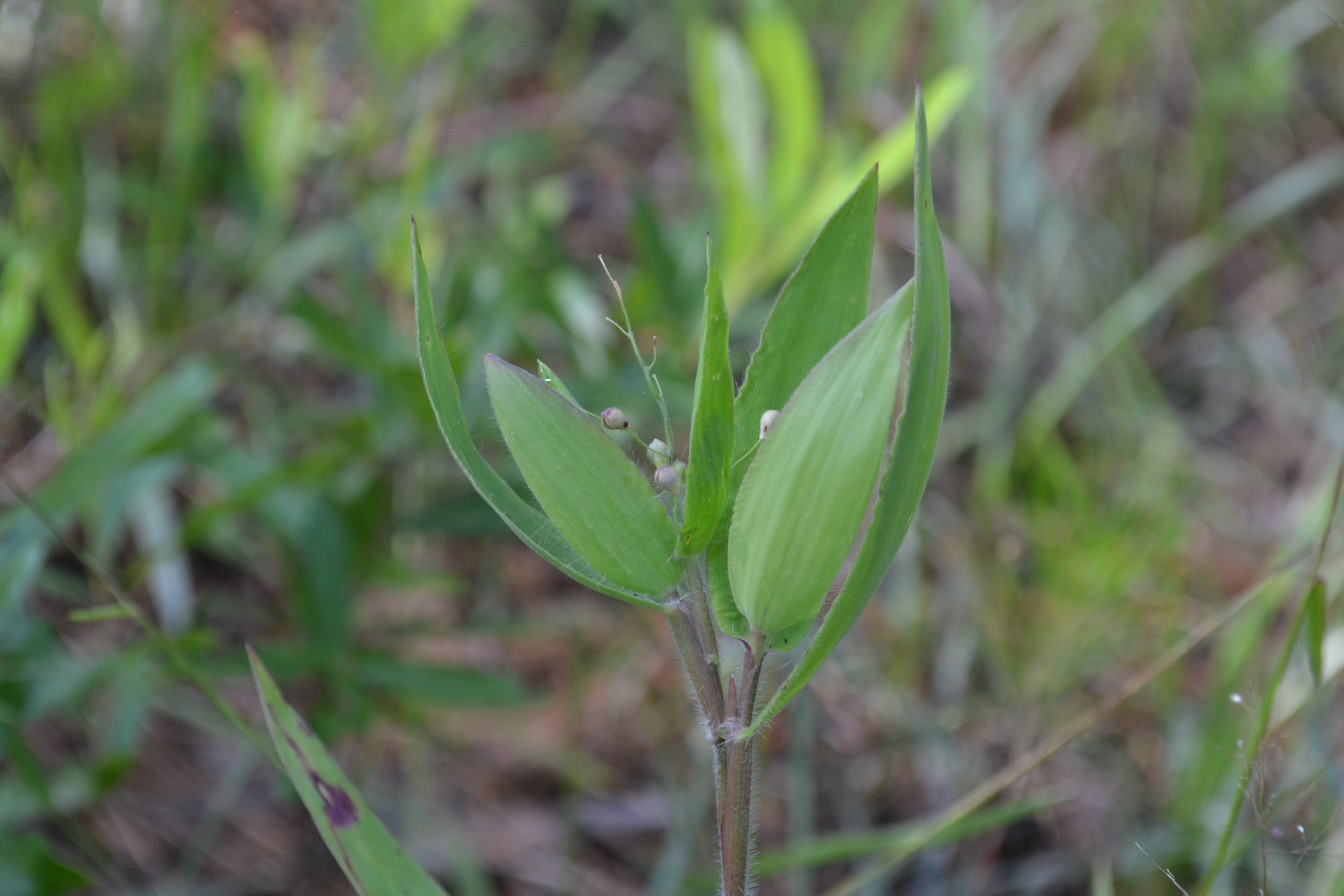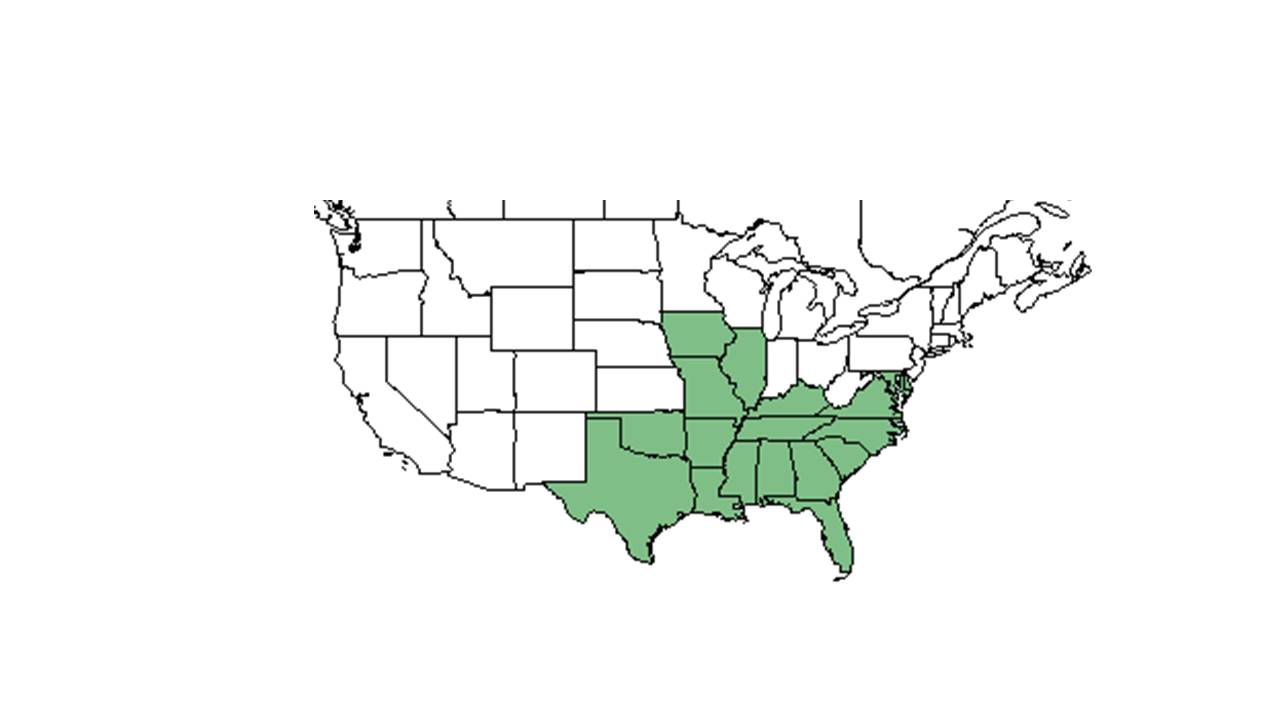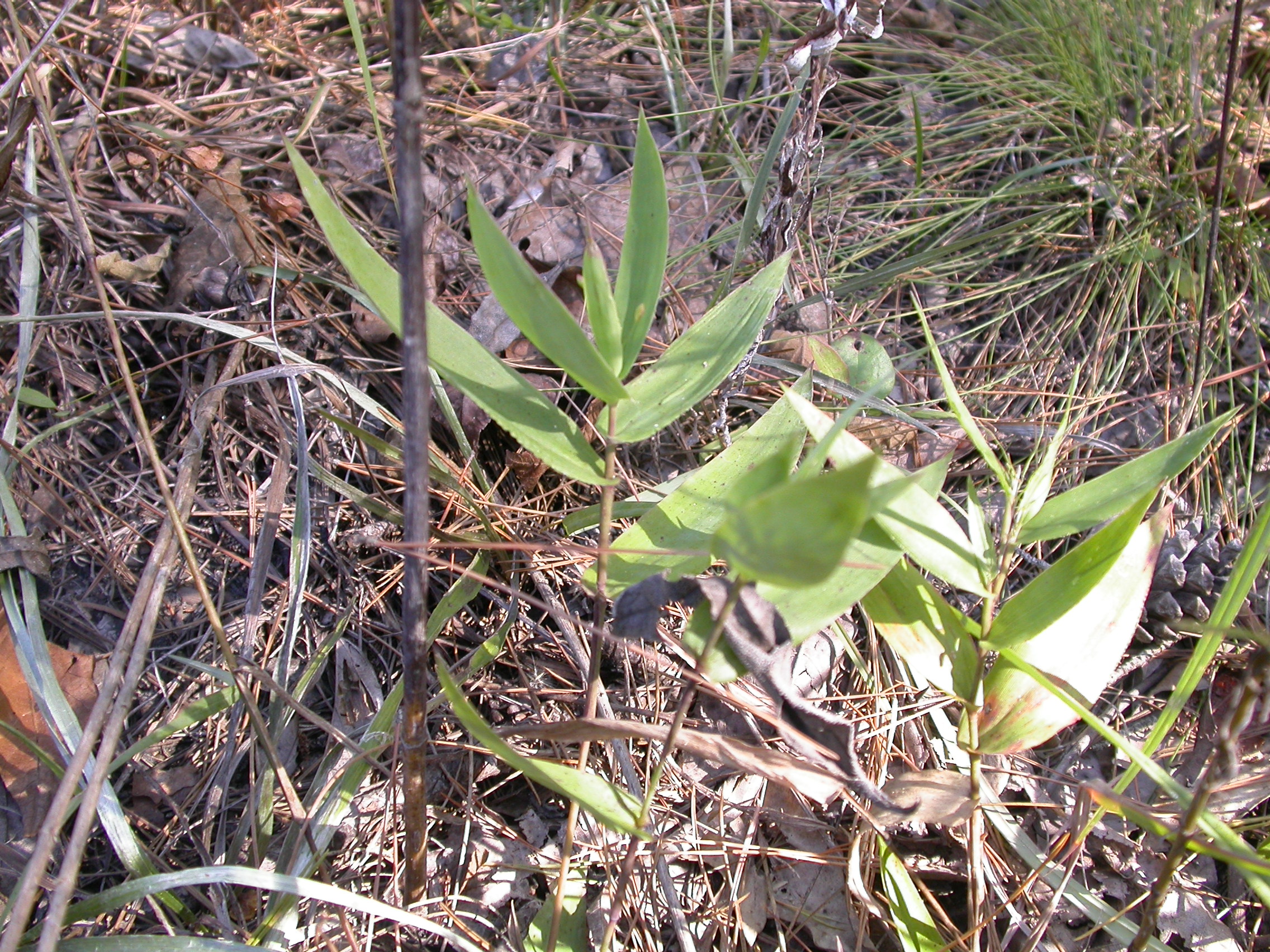Difference between revisions of "Dichanthelium ravenelii"
Ruthstetler (talk | contribs) (→References and notes) |
Ruthstetler (talk | contribs) |
||
| Line 31: | Line 31: | ||
===Seed bank and germination=== | ===Seed bank and germination=== | ||
===Fire ecology=== <!--Fire tolerance, fire dependence, adaptive fire responses--> | ===Fire ecology=== <!--Fire tolerance, fire dependence, adaptive fire responses--> | ||
| + | This species has been found in previously burned pine woods and annually burned savanna, so it is fire tolerant (FSU Herbarium). | ||
| + | |||
===Pollination=== | ===Pollination=== | ||
===Use by animals=== <!--Herbivory, granivory, insect hosting, etc.--> | ===Use by animals=== <!--Herbivory, granivory, insect hosting, etc.--> | ||
Revision as of 17:44, 13 July 2015
| Dichanthelium ravenelii | |
|---|---|

| |
| Photo by Kevin Robertson | |
| Scientific classification | |
| Kingdom: | Plantae |
| Division: | Magnoliophyta - Flowering plants |
| Class: | Liliopsida – Monocotyledons |
| Order: | Cyperales |
| Family: | Poaceae ⁄ Gramineae |
| Genus: | Dichanthelium |
| Species: | D. ravenelii |
| Binomial name | |
| Dichanthelium ravenelii (Scribn. & Merr.) Gould | |

| |
| Natural range of Dichanthelium ravenelii from USDA NRCS Plants Database. | |
Contents
[hide]Description
Common Name: Ravenel's rosette grass
Distribution
TX, OK, MO, IA, IL, KY, TN, AR, LA, MS, AL, FL, GA, SC, NC, VA, MD, DE[1]
Ecology
Habitat
Calcareous coastal hardwood hammock, calcareous glades, edges of limesinks, pine-oak sandhills, live oak woods, mixed deciduous forests, upland longleaf and shortleaf pine native communities, banks of hardwood forested rivers (FSU Herbarium). Occurs in a wide range of soil conditions from deep sands to clay and forest humus (FSU Herbarium). Can occurs in highly disturbed areas, particularly if sandy (FSU Herbarium). Tolerates full light to partially shaded conditions (FSU Herbarium). Apparently limited to well-drained areas even if near wetlands or water bodies (FSU Herbarium). It thrives in frequently burned areas.
Phenology
It flowers April-September and fruits April-October in Florida.
Seed dispersal
Seed bank and germination
Fire ecology
This species has been found in previously burned pine woods and annually burned savanna, so it is fire tolerant (FSU Herbarium).
Pollination
Use by animals
Diseases and parasites
Conservation and Management
Cultivation and restoration
Photo Gallery
References and notes
Florida State University Robert K. Godfrey Herbarium database. URL: http://herbarium.bio.fsu.edu. Last accessed: June 2014.
Collectors: Loran C. Anderson, Charles N. Horn, R. Kral, Raymond Athey, Sidney McDaniel, William J. Clark, H. R. Reed, D J Banks, Ken E. Rogers, Steve Furr, A. E. Radford, R. L. Wilbur, R.K. Godfrey, H. Kurz, Gary R. Knight, R. Komarek, and R. A. Norris.
States and Counties: Alabama: Baldwin and Lee. Florida: Franklin, Jackson, Leon, Liberty, and Wakulla. Georgia: Ben Hill, Dougherty, Grady, and Thomas. Kentucky: Crittenden. Louisiana: Jackson and Ouachita. Mississippi: Lauderdale and Pearl River. South Carolina: Greenwood and Laurens. Tennessee: Knox. Texas: Van Zandt.
- Jump up ↑ NRCS Plants Databasehttp://www.nrcs.usda.gov/wps/portal/nrcs/main/national/programs/
